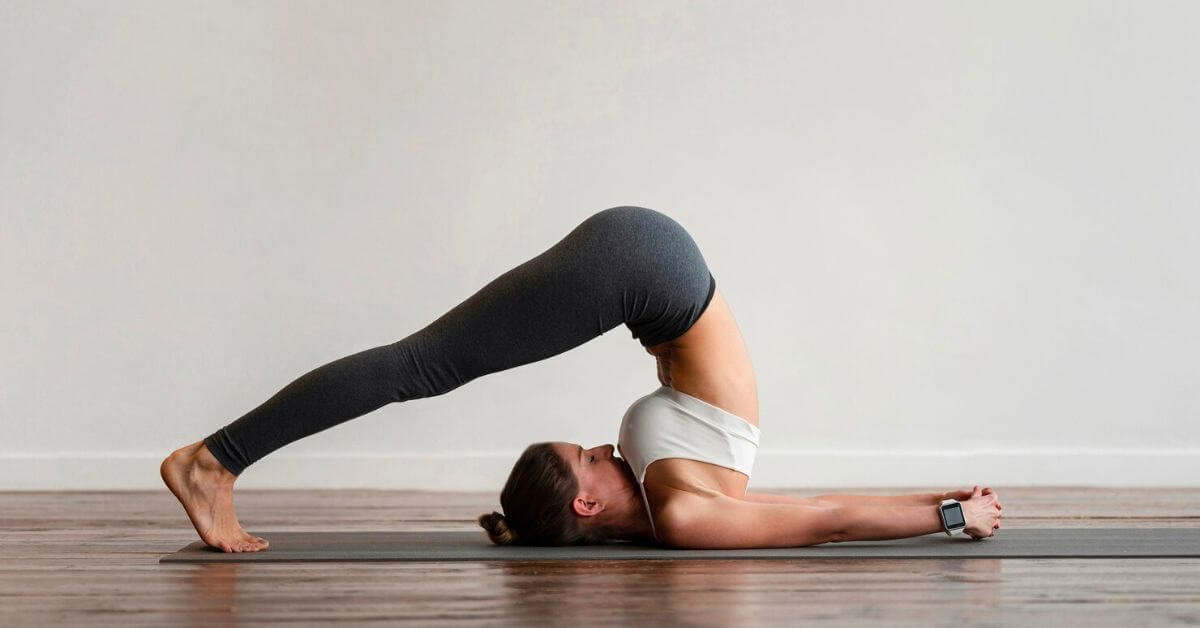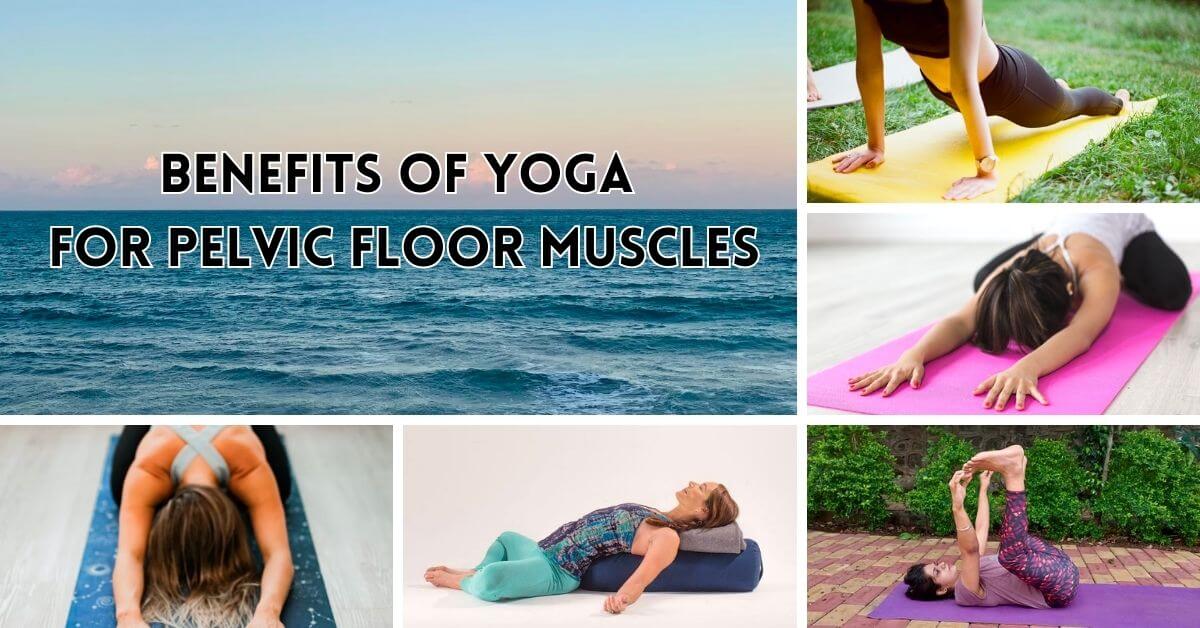Did you know that flexibility is super important for our body’s health and strength? It’s true! Flexibility not only makes you feel great, it keeps you strong and agile. The thing is, flexibility doesn’t happen overnight. In order to see real results, it takes practice and consistency. Your body can get stiff and vulnerable when it doesn’t have flexibility, which means it’s uncomfortable and limits what you can do every day. I’ve got some yoga poses that can help you improve your flexibility, so don’t worry.
What is Body Flexibility
The range of motion of your joints and muscles determines how easily you move and stretch. Flexibility doesn’t just mean you can touch your toes or perform advanced yoga poses; it’s about being free and mobile on a daily basis. Your flexibility plays a big role in your overall health, whether you’re reaching for something on a high shelf or tying your shoelaces.
Why is Body Flexibility Important
It is not just a physical attribute to be flexible; it is also a mental, physical, and spiritual phenomenon. In addition to improving your posture, balance, and coordination, you will also be able to reduce your risk of injuries and muscle imbalances by improving your flexibility through yoga. Moreover, flexible muscles and joints ease muscle tension, promote relaxation, and increase circulation, leading to a healthier and more vibrant you.
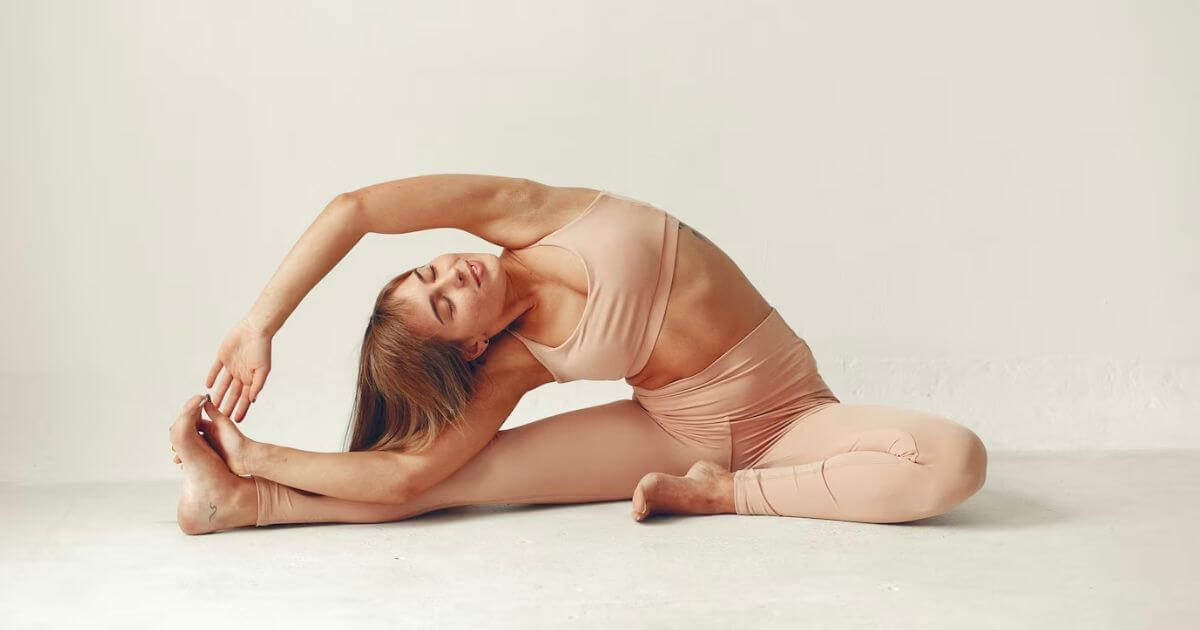
What are the 3 Types of Flexibility
Dynamic flexibility
Basically, you do movements that mimic what you do every day. A dynamic stretch prepares your body for physical exertion, such as sports or workouts, by gradually increasing your range of motion. It’s like swinging your arms in circles or doing lunges with a twist.
Active flexibility
Your muscles can stretch and move without help. This type of flexibility is useful for yoga poses, where you need control and stability. Active stretches help you strengthen your muscles and hold challenging postures for longer periods of time.
Static/Passive flexibility
During passive stretches, your muscles relax and gradually lengthen because external forces, like gravity or a partner, hold them for a long time. In practices like Yin Yoga, where poses are held for a long time, this type of flexibility is often used.
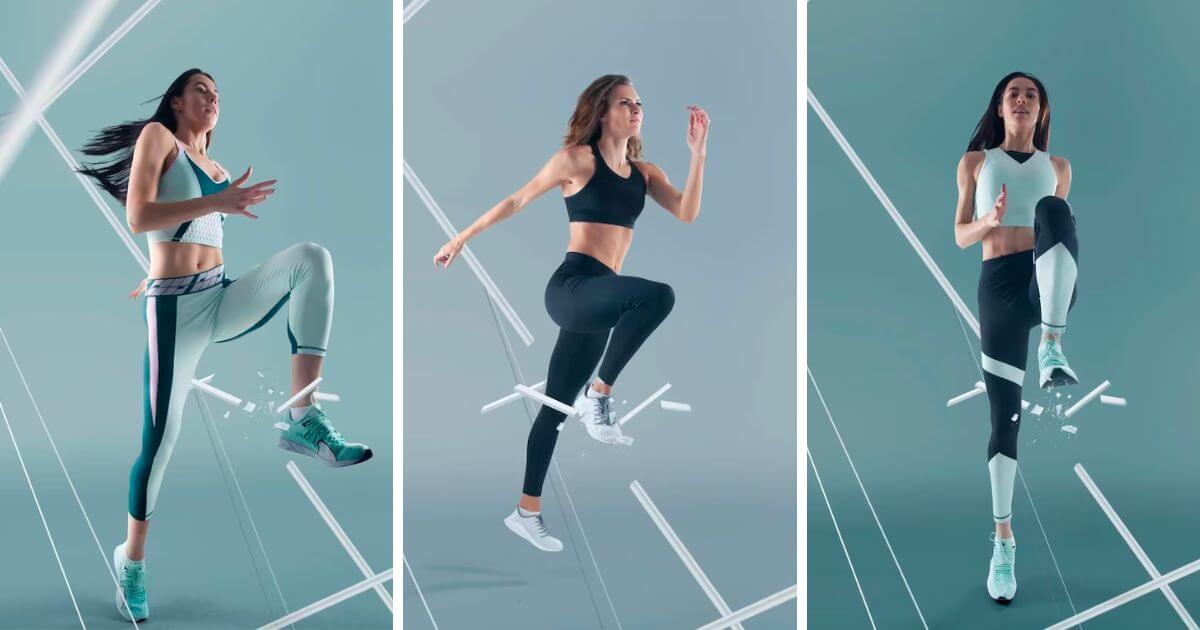
How Does Yoga Increase Flexibility
It’s a powerful practice that combines physical posture, breath control, and meditation. One of the biggest benefits of yoga is its ability to make you more flexible. But how does it work? Through a series of gentle stretches, yoga gradually elongates your muscles and tendons, improving their flexibility and range of motion. With dynamic stretching, you warm up your body and increase blood flow. As a result, you get deeper stretches and can release tension, tightness, and stiffness.
What type of yoga is best for flexibility?
It’s hard to choose a yoga style that specifically targets flexibility, but Yin yoga stands out. It’s a slow-paced style of yoga that focuses on long-held seated and reclining postures. Yin yoga stands out as an excellent choice for improving flexibility. Typically, these poses last two to five minutes, allowing the muscles to stretch and relax. If you’re looking to improve your flexibility, Yin yoga targets the connective tissues, such as ligaments and fascia, which promote flexibility and joint mobility.
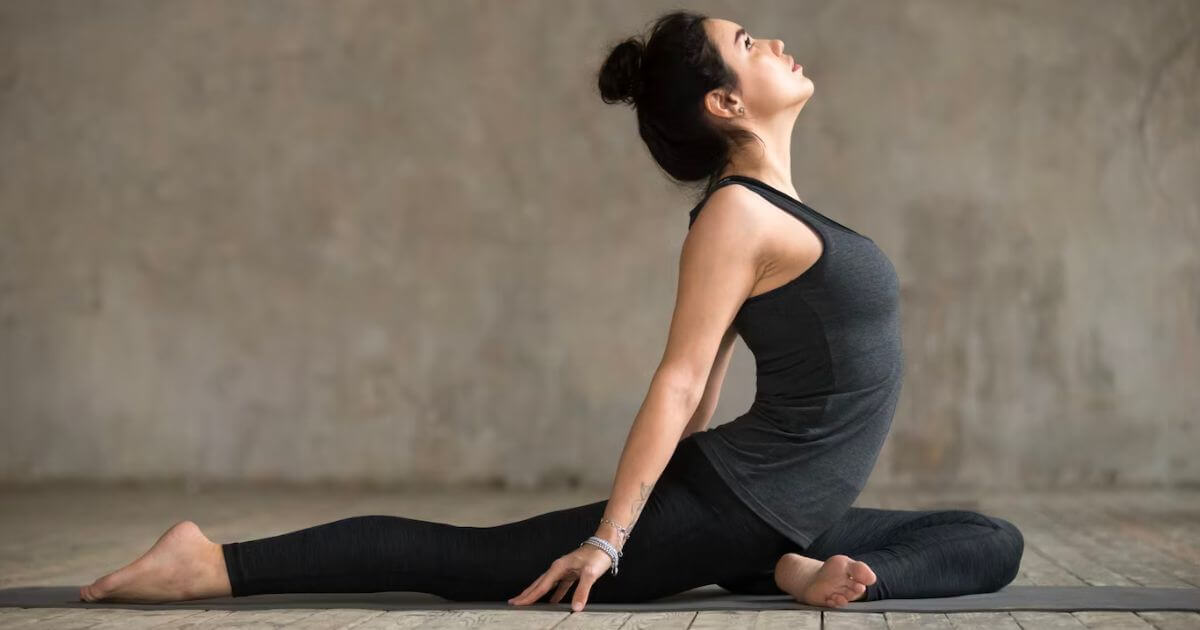
How many times a week should I do yoga for flexibility
Depending on your current flexibility level and your schedule, you should practice yoga for flexibility a lot. Beginners can start with two yoga sessions per week for flexibility improvement. You can gradually increase the frequency and duration of your yoga sessions as you progress and become more comfortable with it. This allows your body to adapt gradually and minimizes the risk of overexertion or injury. Consistency is key. Even a few times a week will yield better results than sporadic practice.
5 Best Yoga Poses for Flexibility
Big Toe Pose
Known as Padangusthasana, this pose stretches your calves and hamstrings. Standing hip-width apart, bend forward slowly from your hips. Try to reach your toes with your fingers, or use a yoga strap if you can’t. With this pose, your leg muscles get longer and looser, so your lower body gets more flexible.
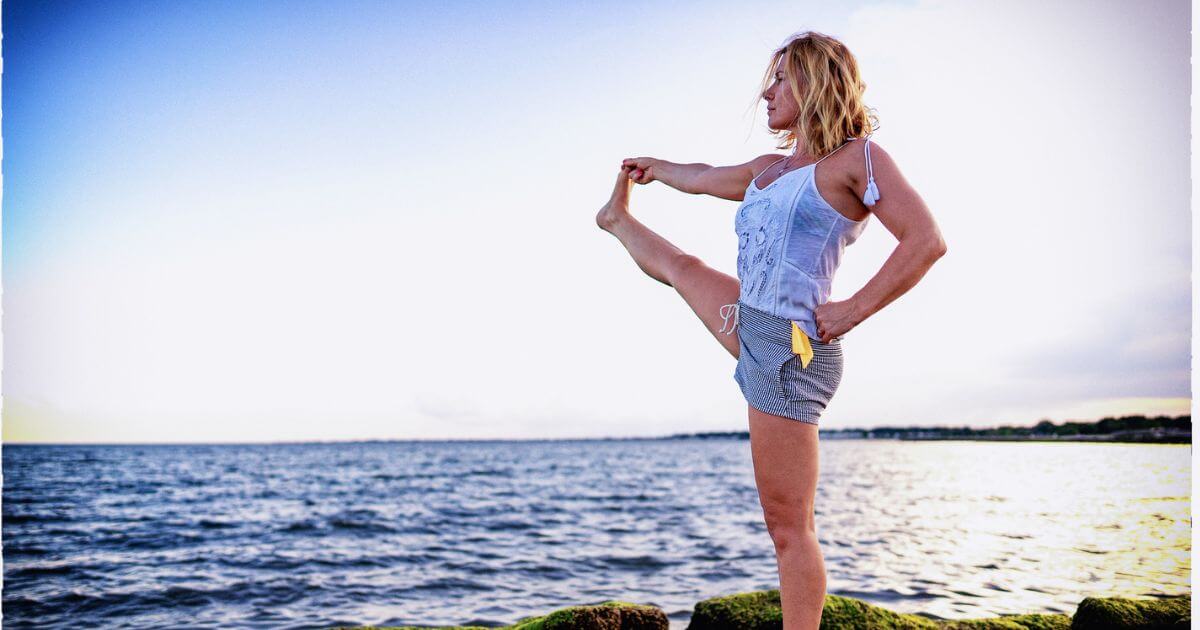
Bound Angle Pose
This pose is great for opening up your hips and inner thighs. On the floor, sit with your feet together and let your knees fall to the sides. Gently press your elbows against your thighs to make the stretch deeper. In addition to improving flexibility, this pose relieves lower back tension.
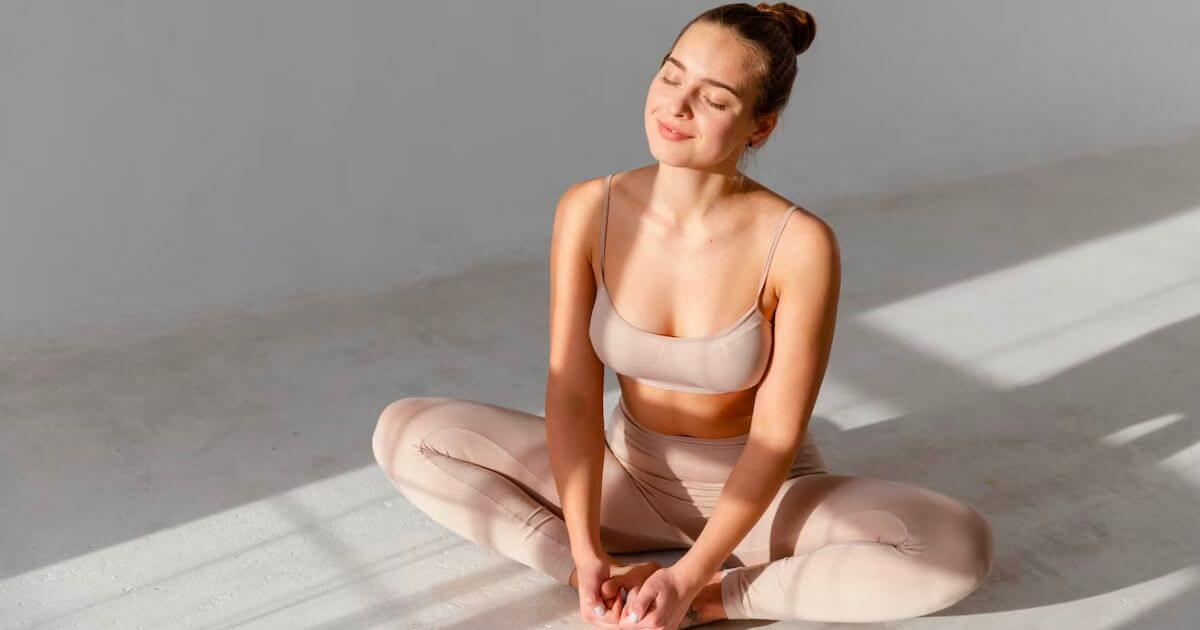
Seated Forward Bend
Paschimottanasana, or Seated Forward Bend, stretches your entire backside, including your calves, hamstrings, and back. Put your legs out in front of you, and slowly hinge forward from your hips, reaching for your feet. This pose increases flexibility in your posterior chain, resulting in a healthy spine and good posture. You can use a strap or bend your knees if needed.
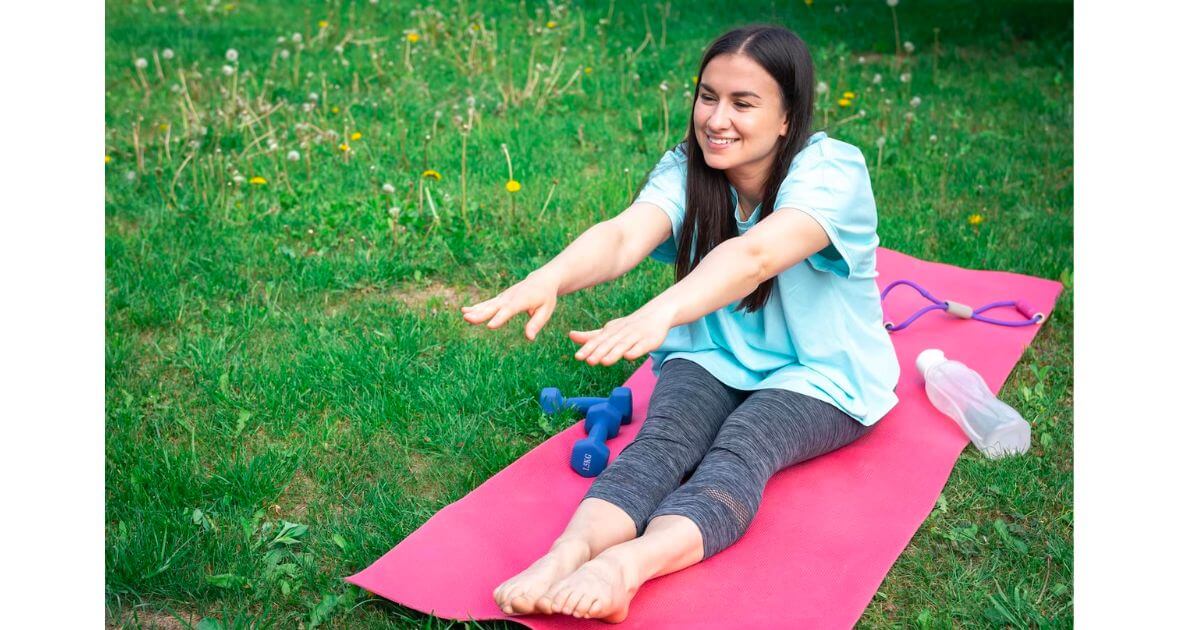
Wide-Angled Seated Forward Bend
You can open up your inner thighs and groin by doing Wide-Angled Seated Forward Bend, or Upavistha Konasana. Sit on the floor with your legs spread wide apart, and then gently fold forward from your hips, reaching your hands toward your feet. This pose helps to stretch and release tension in your leg muscles, increasing your lower body’s flexibility.
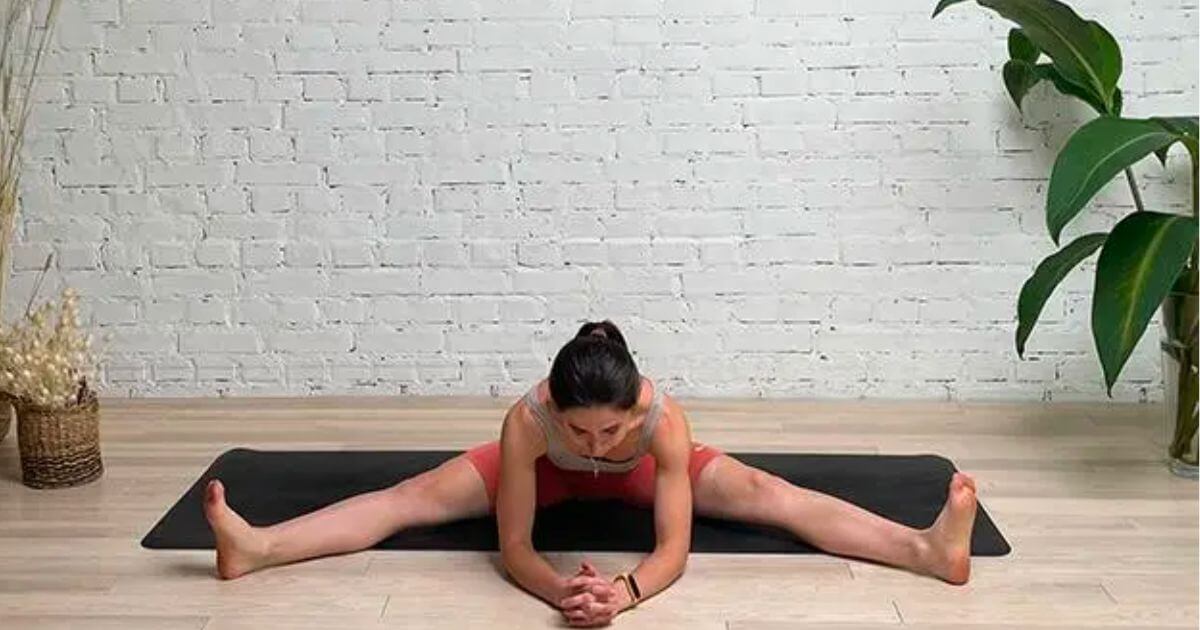
Squat Pose
In Garland Pose, or Malasana, your hips, groin, and ankles are stretched. With your feet wider than hip-width apart, and your toes pointed outward, slowly lower yourself into a squat, and bring your palms together at your chest. Place a folded blanket under your heels if you can’t keep them on the ground. In addition to increasing flexibility, this pose strengthens your lower body and opens up your hips.
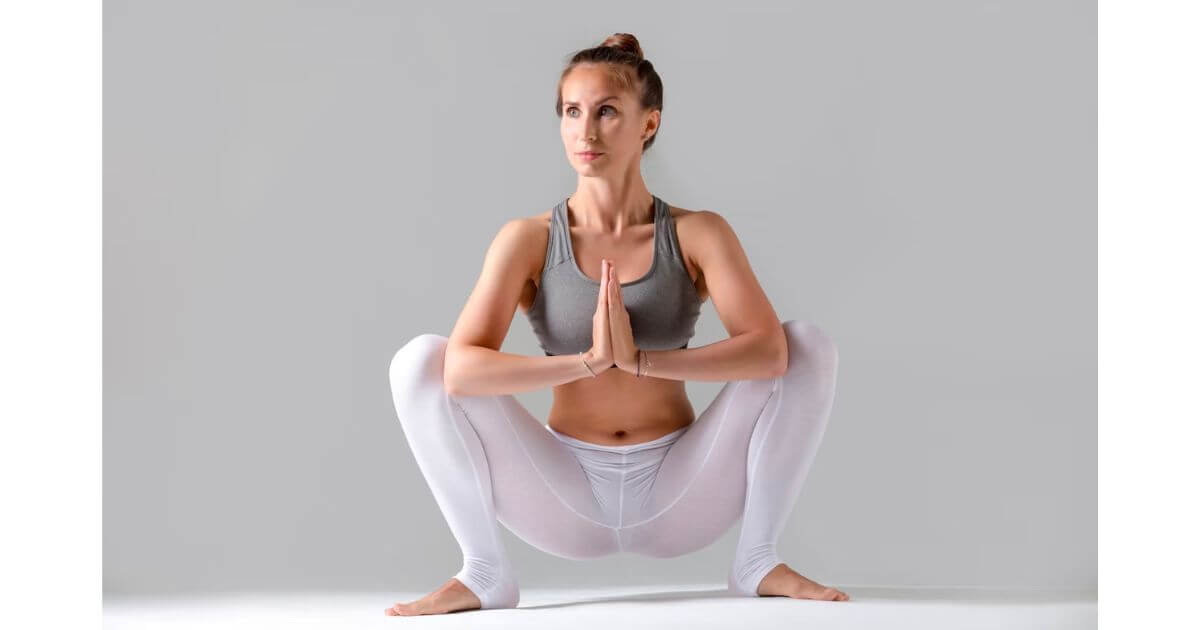
Incorporating Yoga for Flexibility into Your Routine
Now that you understand how yoga increases flexibility, let’s discuss practical tips for incorporating yoga into your daily life:
- Warm up before your practice: Warm up before your yoga session with some Sun Salutations or light cardio exercises to get your blood flowing and your muscles warmed up.
- Focus on full-body stretches: While it’s important to target specific areas of your body, incorporating full-body stretches into your yoga practice will provide a well-rounded approach to flexibility. To promote flexibility, use poses like Standing Forward Bend, Bridge Pose, and Extended Triangle Pose that engage multiple muscles.
- Embrace props and modifications: Props can help you stay aligned, prevent strain, and gradually increase your flexibility over time. Don’t be afraid to use them to support your body and deepen your stretches. Feel free to modify poses based on your current flexibility level. You can start working on deeper expressions as you go.
- Listen to your body: Yoga is all about listening to your body, so don’t push yourself too hard or force yourself into uncomfortable positions. Respect your limits and work within your comfort zone. You’ll see your flexibility improve over time.
Yoga for Flexibility Studies
In 2016 a study was conducted with college athletes on how yoga practice affected their bodies after 10 weeks. They divided into two groups: the yoga group (YG) and the non-yoga group (NYG). Both groups engaged in their regular training programs, including flexibility exercises as part of warm-up routines, strength training, skill-specific drills, and sports practice.
The results demonstrated significant improvements in flexibility. YG athletes demonstrated a greater range of motion and increased flexibility in various body positions, such as right foot lunge, downward dog, and chair pose. In contrast, the NYG athletes showed either no improvement or even a decline in flexibility measures. This preliminary study demonstrates that a 10-week yoga practice can positively impact college athletes’ flexibility. YG athletes who received additional yoga training showed greater improvements in flexibility than NYG athletes.

